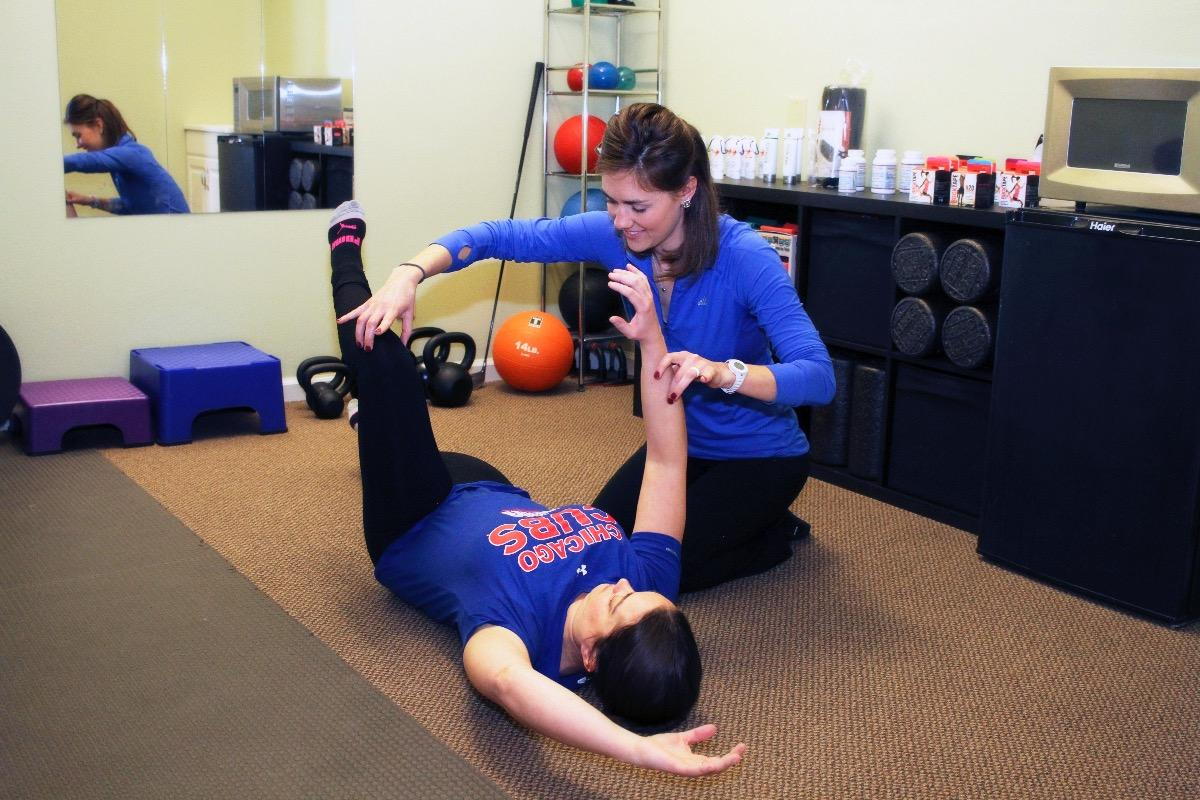
- posted: Mar. 08, 2018
If you go online and look up “core” exercises, you’ll more than likely find a bunch of random abdominal exercises. Unfortunately, the core is not only made up of those muscles, and it has a much more important function than simply allowing you to do crunches. In fact, having a perfect six-pack abs does not necessarily guarantee that you have a strong core! The reason why is because it is made up of all four layers of abdominal muscles (rectus abdominus, transverse abdominus, internal and external obliques) as well as the diaphragm and pelvic floor muscles. If you want a strong core, you’re going to have to train for more than just good looks!
True function of the core
The most important function of your core is to create stability. Having a perfectly functioning core gives you the ability to stabilize the abdomen, low back, chest and pelvis which is necessary for efficient arm, neck or leg movement. Essentially, it creates rigidity of your body to give anything that attaches to it a stable surface to move off of. Think of this like trying to jump in the air while on a raft in the water versus one on dry land. It is much easier to jump while you’re on stable ground than when you’re on the unstable raft. The body works in a similar way, with it being much easier for your arms, legs and neck to work when they are moving off a rigid structure. In order to perform these functional movements, the core must be able to generate intra-abdominal pressure.
Intra-abdominal pressure
In order to generate intra-abdominal pressure, you have to activate all four layers of abdominal muscles, the diaphragm as well as the pelvic floor muscles. The best way to generate this intra-abdominal pressure is through expansion of the abdomen. This can be thought of being similar to blowing up a balloon. If you blow up the balloon halfway, you can still push in the sides easily. But, if you blow it up all the way, it is much more difficult to push the sides in. Likewise, the inside of a sealed soda bottle has maximum pressure and is unable to be bent side-to-side, but as soon as the seal is broken the bottle loses its pressure and can easily be bent. Intra-abdominal pressure allows for you to generate maximum stability so you are able to perform all functional movements with maximum efficiency.
Primary vs. secondary breathing muscles
Most people don’t generate an adequate amount of intra-abdominal pressure and much of this can be traced back to incorrect breathing patterns. When I tell a patient that they are not breathing properly, most people immediately say “How in the world can you breathe wrong?!” This comes down to the fact that there are primary and secondary muscles of breathing. Primary muscles of breathing, which should be the only ones active when you are in a state of “rest”—or just sitting, standing, lying or mild paced walking. The primary muscles of breathing are your diaphragm, pelvic floor muscles, abdominal muscles and your intercostal muscles. These are active when you are doing something called “belly breathing” or “diaphragmatic breathing.” With each breath you take in, your belly should expand in all directions, and your chest, shoulders, and rib cage should have very little to no movement.
On the other hand, secondary muscles of respiration should become active with moderate activity, or when your body requires more oxygen through increased rates of respiration. These muscles are your “chest breathing” muscles, which include your sternocleidomastoid (SCM), scalenes, and pectoralis muscles. These are accessory muscles of respiration and should only be active when you absolutely need them.
How do you develop improper breathing habits?
In modern society, two things have lead to a higher proportion of the population utilizing these secondary breathing muscles (SCM, scalenes and pectoralis muscles) to perform most of the breathing. Sitting all day long and holding the abdomen in a tightened position (sucking the stomach in) causes our primary breathing muscles (diaphragm and pelvic floor muscles) to get lazy and not work as effectively as they should be. With this chronic improper breathing, many common conditions can occur including: low back pain, neck pain, shoulder pain, pelvic floor dysfunction, urinary retention issues, and heartburn/GERD. This is just a short-list of some of the more common issues we see, but nearly any musculoskeletal pain can at least partly be traced back to improper breathing patterns.
How can I properly train my core?!
The most important thing to keep in mind is that you need to be able to breathe into the belly before you can truly train the core. Once you have this down, there are many functional exercises that create stability while imitating common movements performed throughout the day. The functional core exercises that we usually recommend starting with are planks, dead bugs, and bridges. These typically are less stressful on the body and thus are easier to perform. Once these are mastered, we typically recommend advancing to bird-dogs or standing eccentric abdominal exercises because these movements require much more core activity. While performing any of these movements, it is essential to always use proper breathing to generate enough intra-abdominal pressure so that you can unlock the full potential of your core!
Office Hours
By Appointment Only
8:00 am - 7:00 pm
Closed
8:00 am - 7:00 pm
8:00 am - 7:00 pm
8:00 am - 7:00 pm
9:00 am - 12:00 pm
Closed
